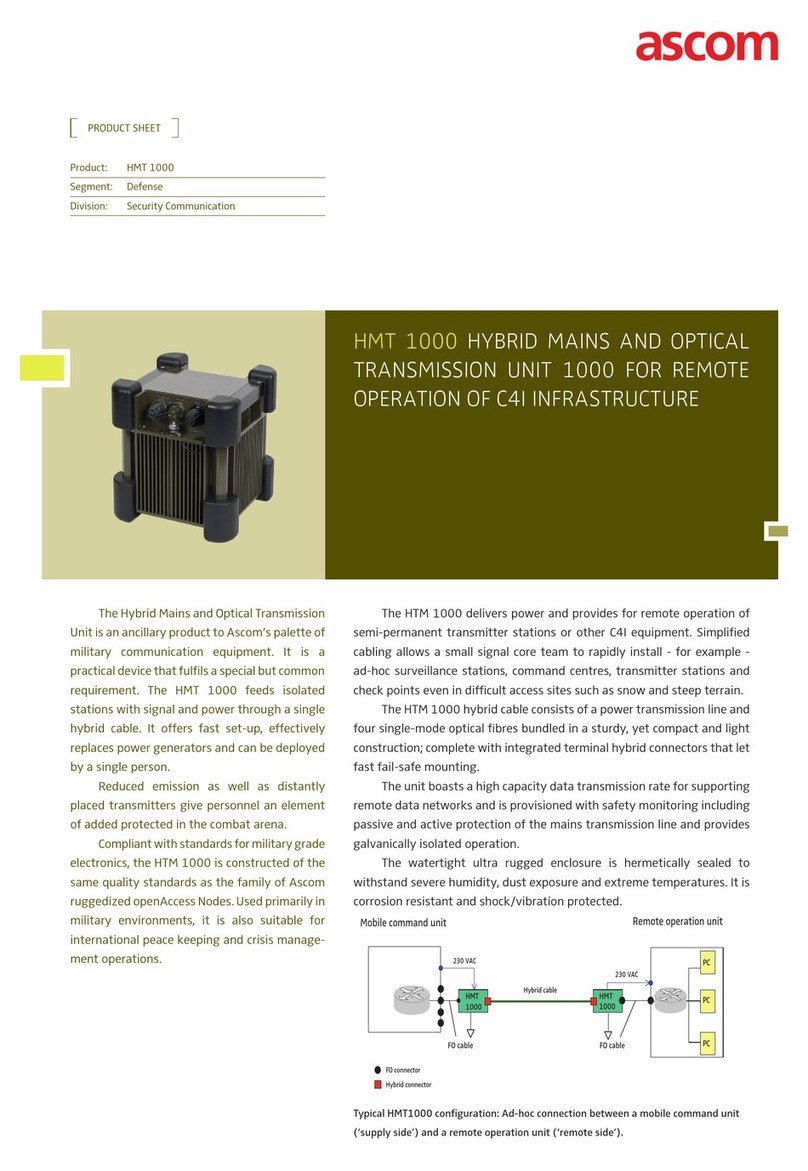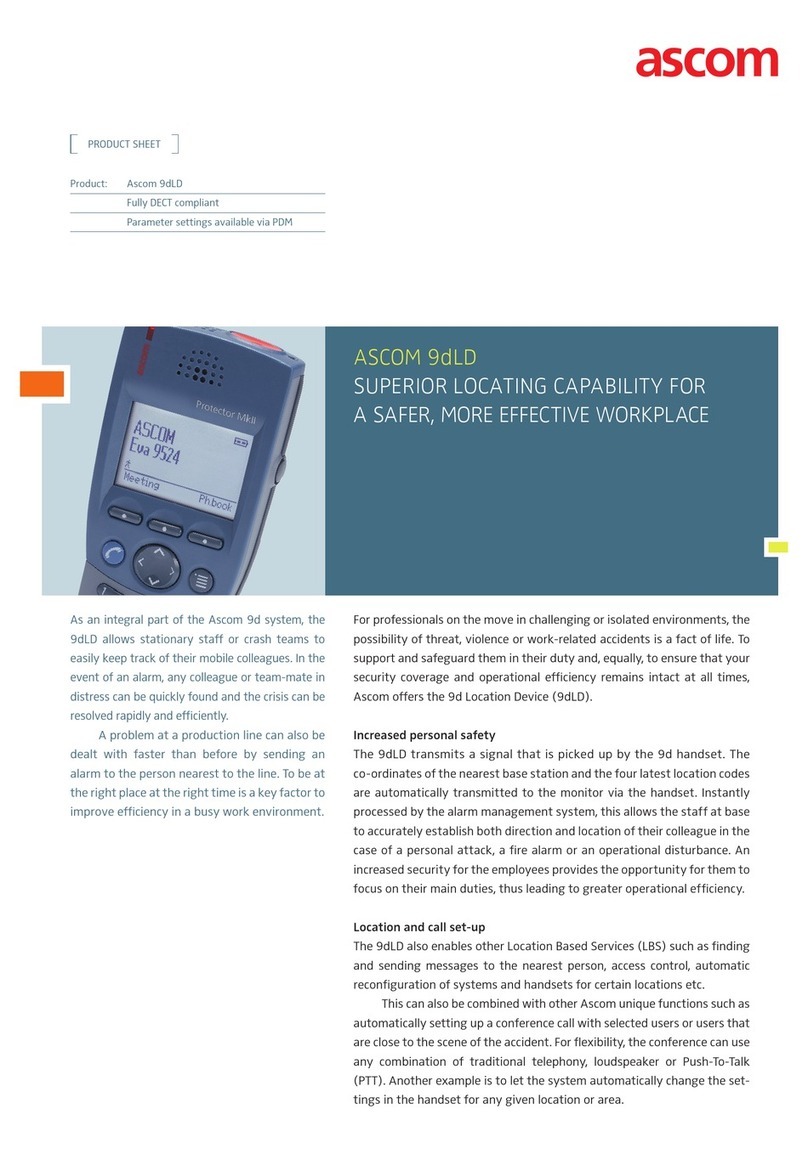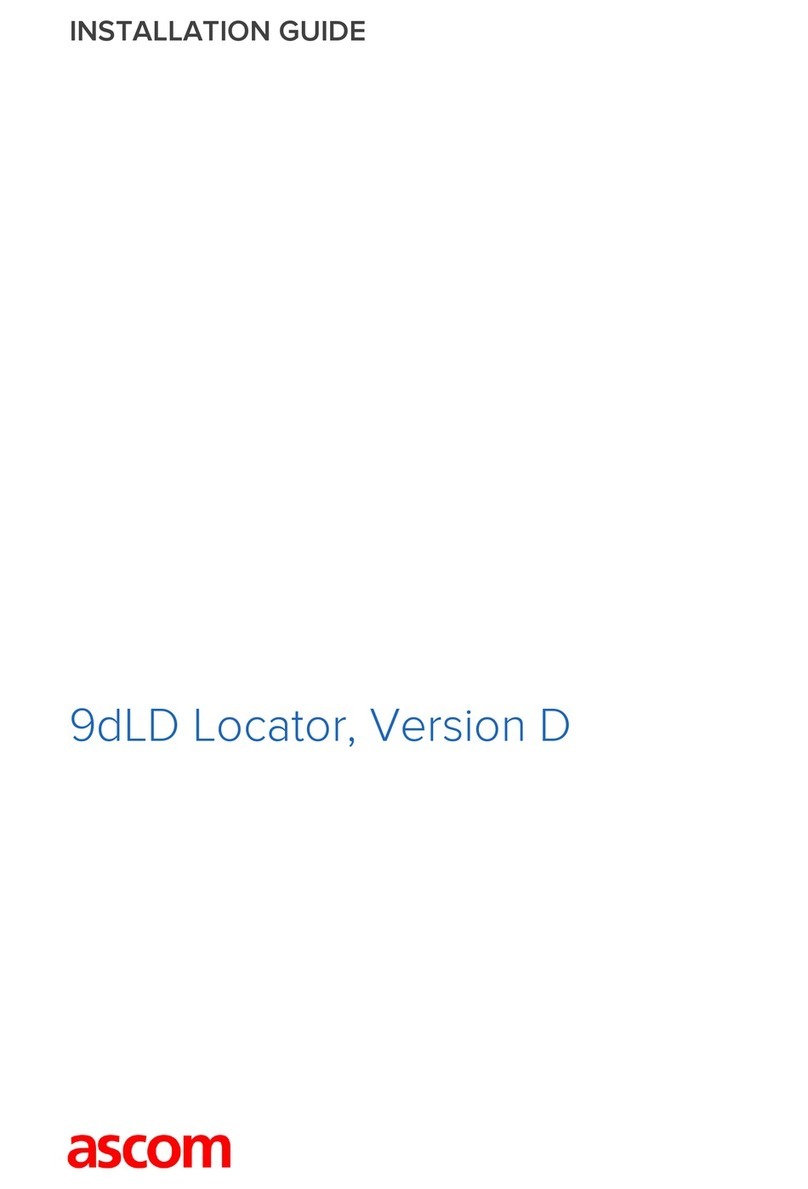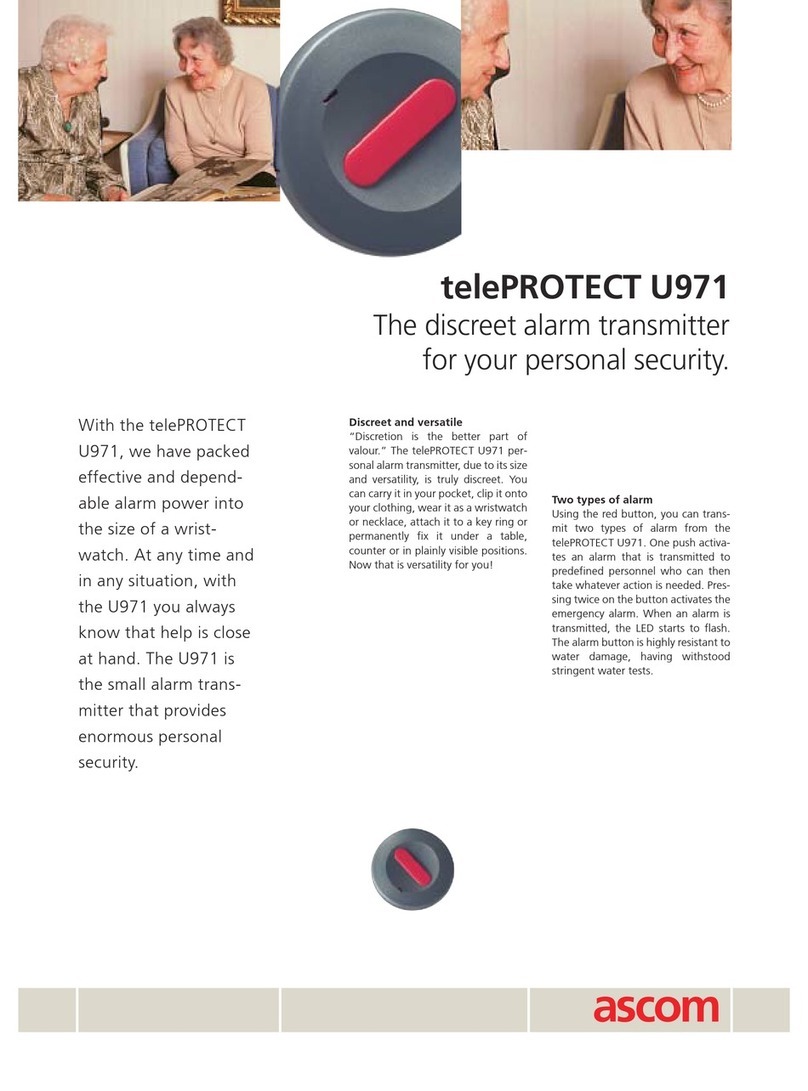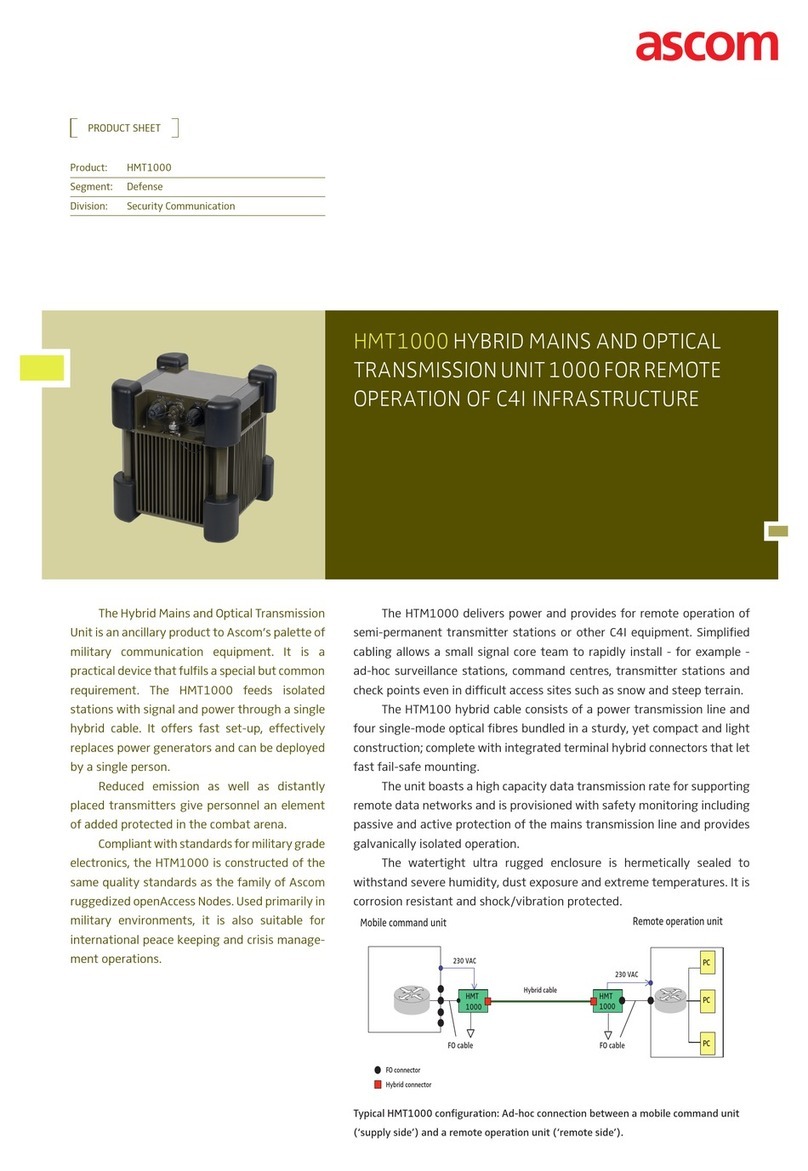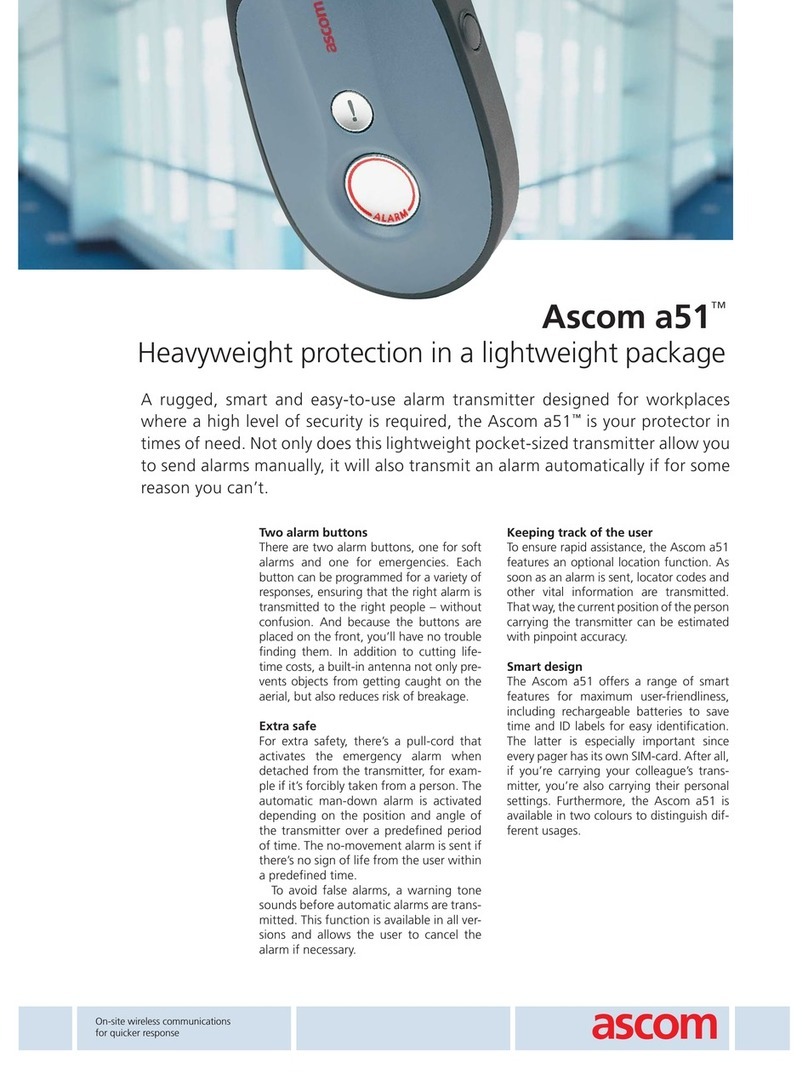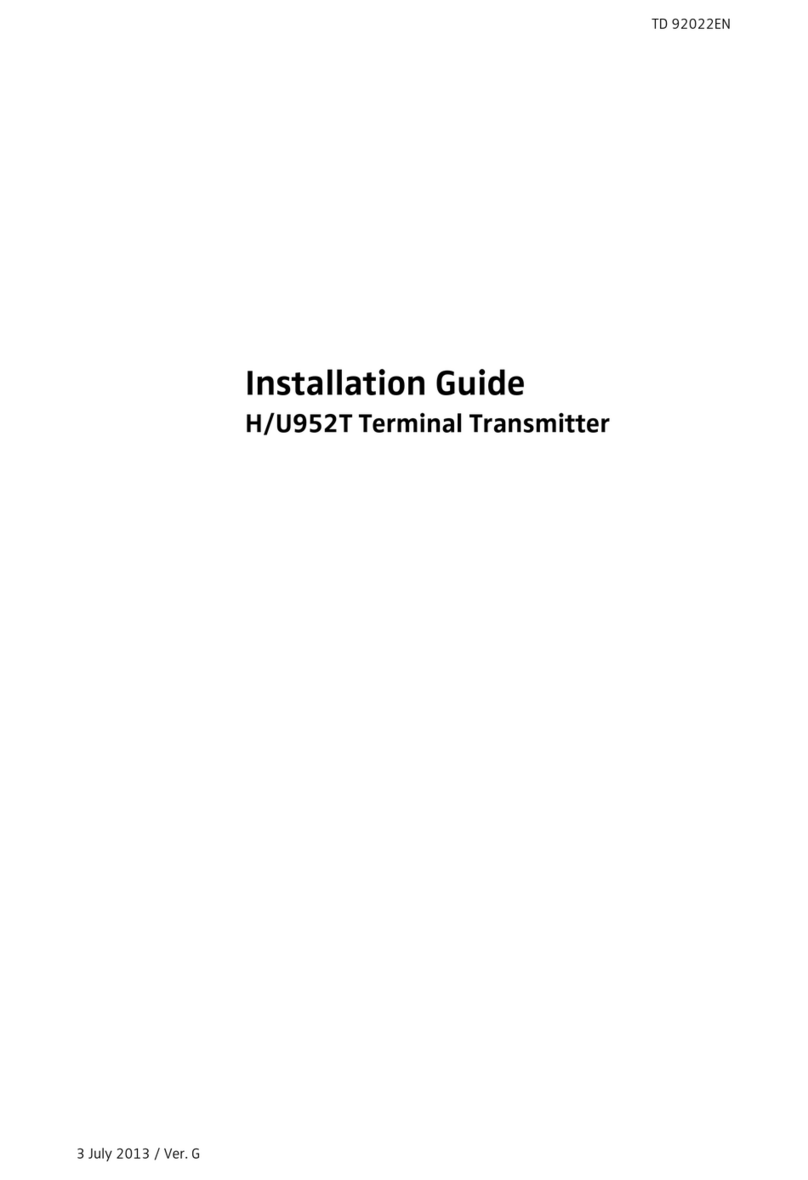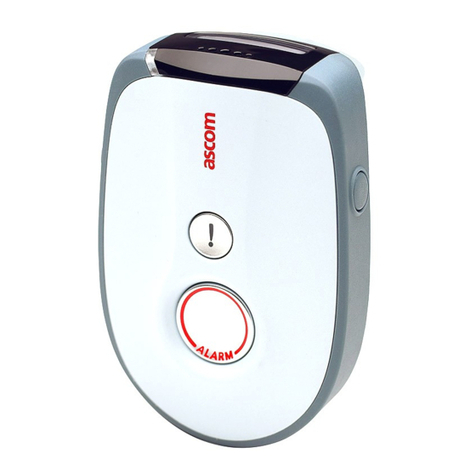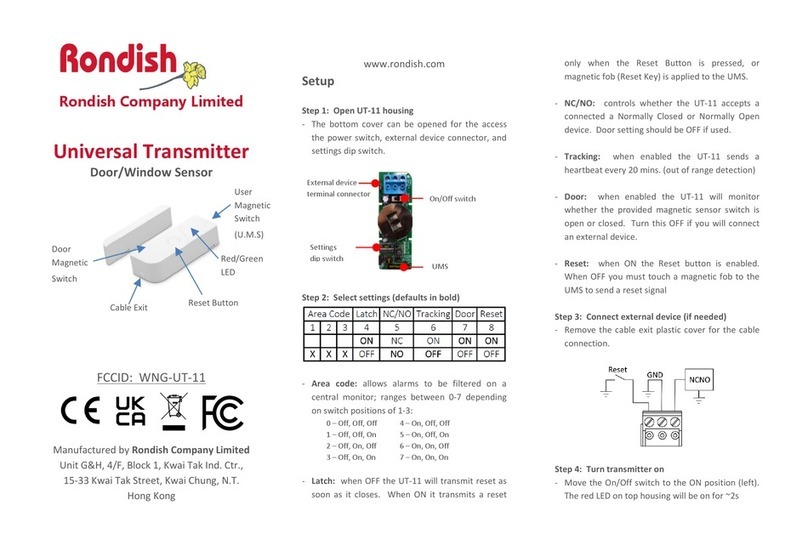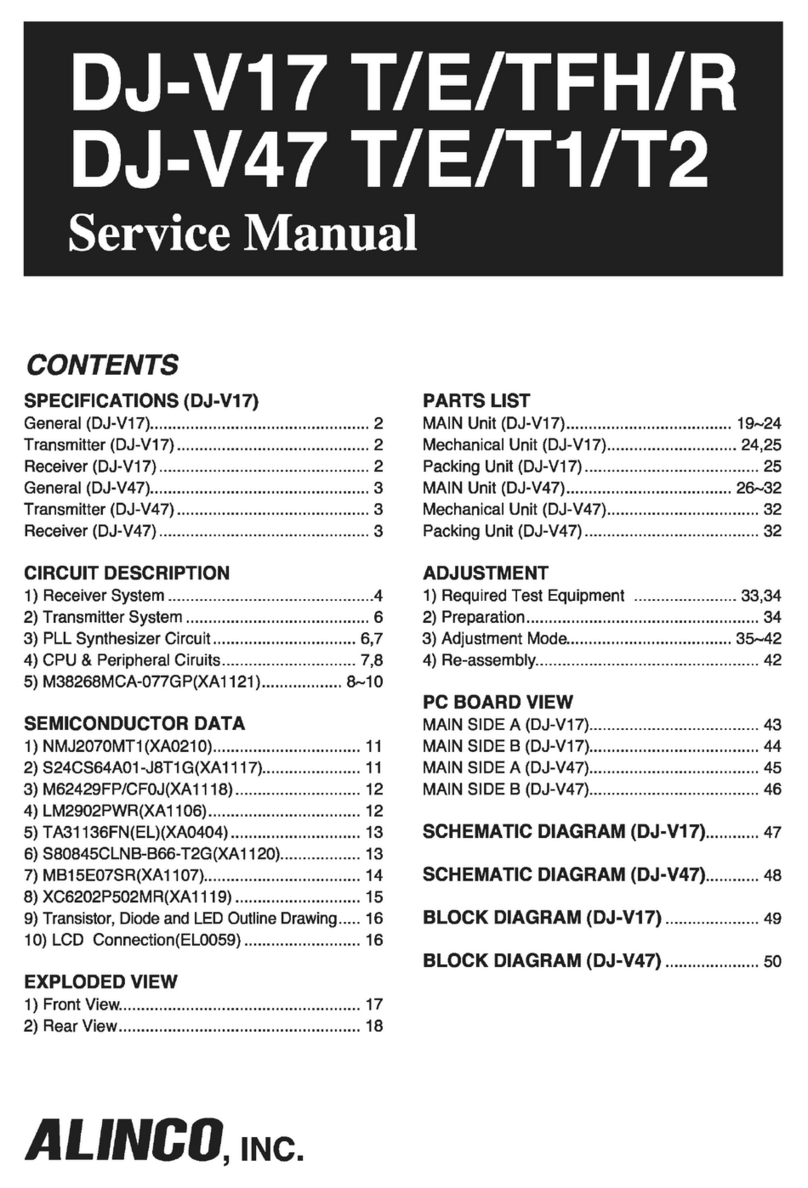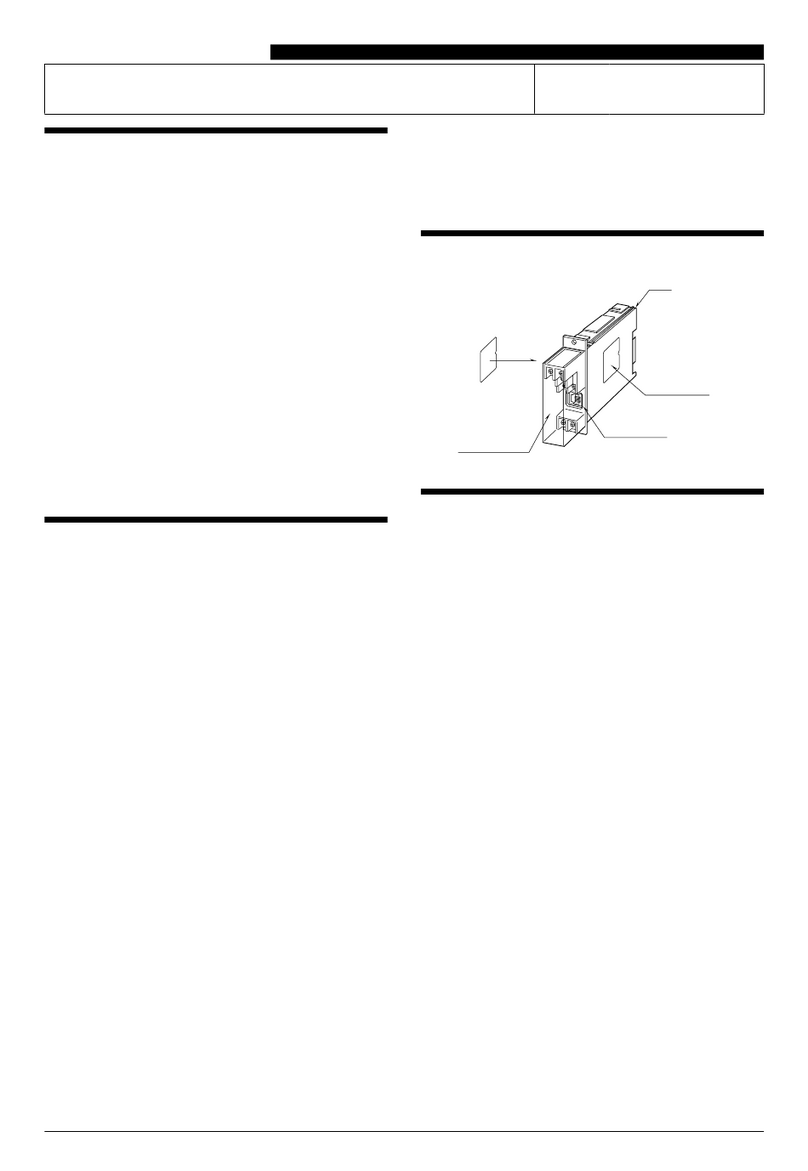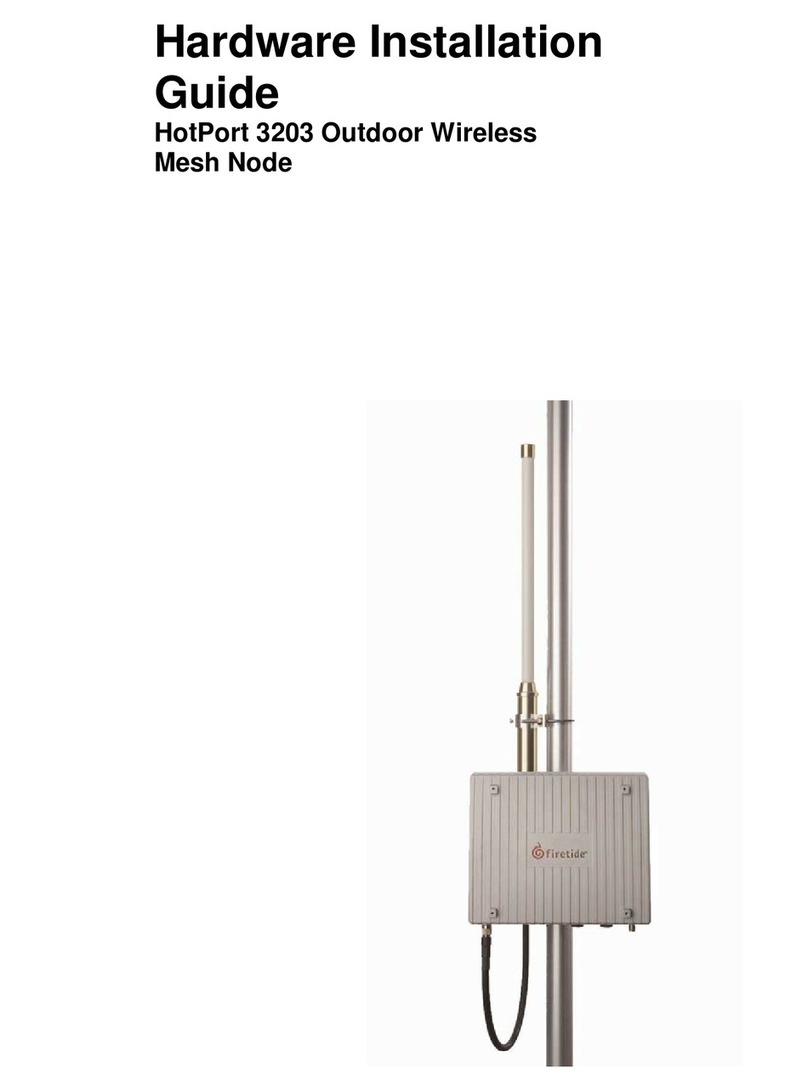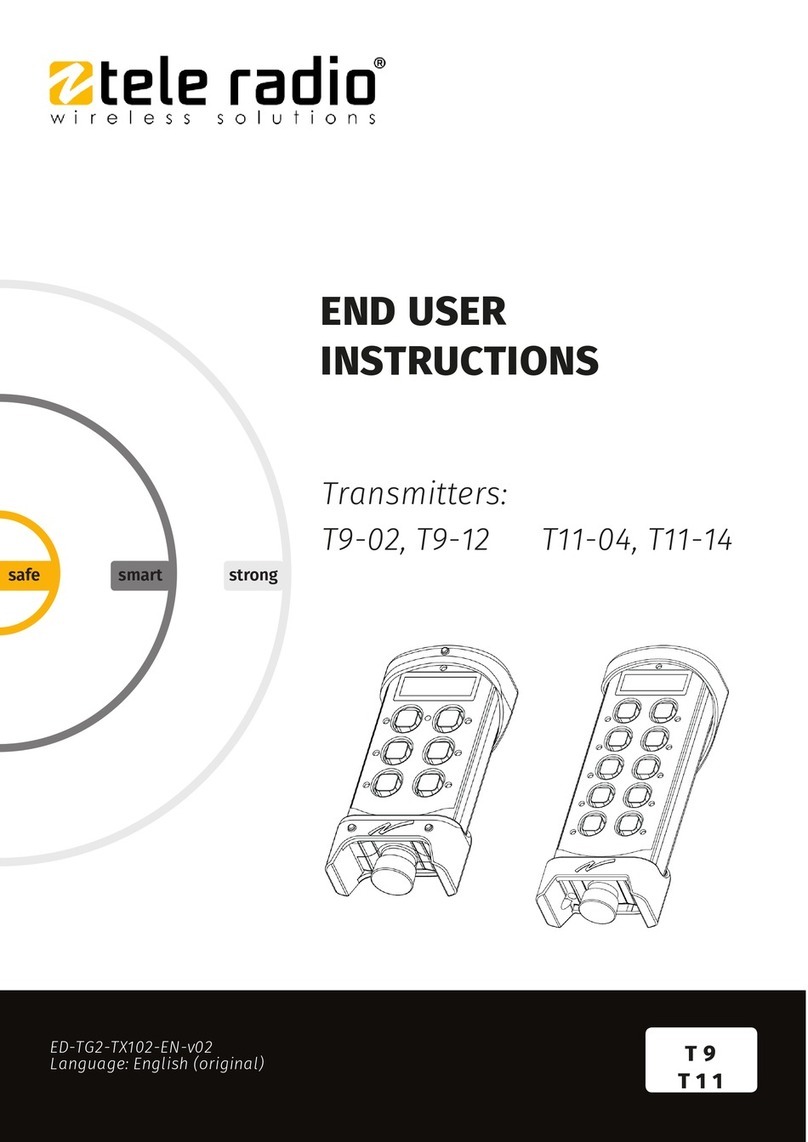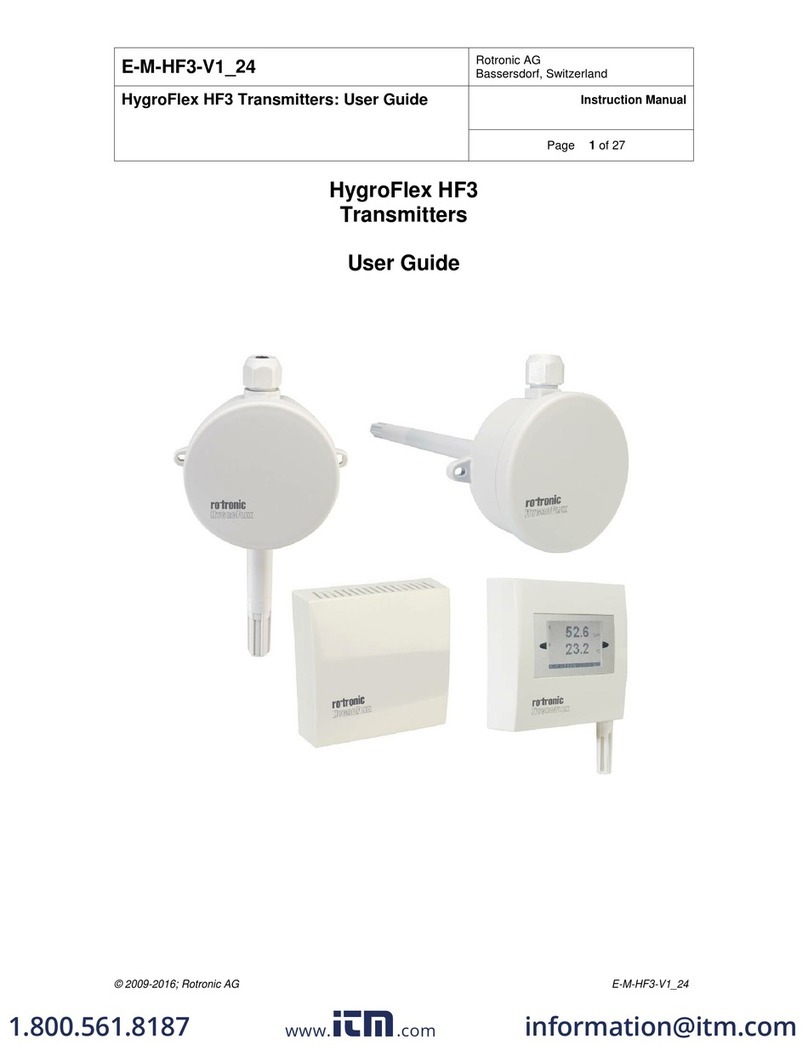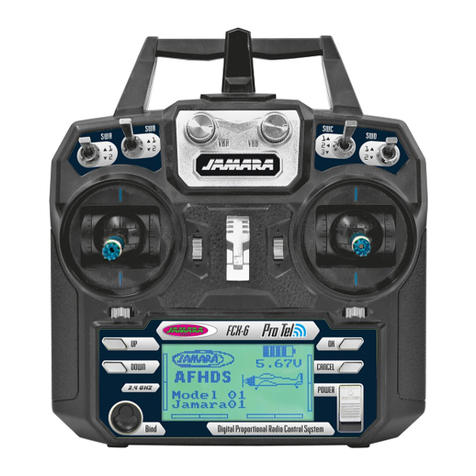
TD 91684GB
16 April 2015 / Ver. G
Installation Guide
T942C and T942C/2 Central Unit
Contents
1 Central Unit T942C ......................................................................................................... 1
1.1 Regulatory Compliance Statements (EU/EFTA only) ...................................................... 2
1.2 Regulatory Compliance Statements (USA only) .............................................................. 2
1.3 Board Description..................................................................................................................... 3
1.4 Installation ................................................................................................................................. 6
1.4.1 Mounting.......................................................................................................................... 6
1.4.2 Opening the Housing.....................................................................................................7
1.4.3 Mounting Together with Other Units........................................................................ 8
1.4.4 Wiring Runs ..................................................................................................................... 9
1.4.5 Addressing.................................................................................................................... 10
1.4.6 Connection of Buses ................................................................................................... 11
1.4.7 Connection of Supply Voltage.................................................................................. 12
1.4.8 Connection of Reference Module in a FL-System (used only in paging systems)
13
1.4.9 Connection of Monitor Input .................................................................................... 13
1.4.10 Connection of PC .......................................................................................................14
1.4.11 Relay Output for System Fault Indication .......................................................... 15
1.4.12 Central Unit Malfunction Output .......................................................................... 15
1.4.13 Activation of Power Changeover Circuit ............................................................. 16
1.5 Installation Test Procedure ................................................................................................. 17
1.6 Circuit Board Replacement.................................................................................................. 18
2 Central Unit T942C/2 ................................................................................................... 19
2.1 General..................................................................................................................................... 19
2.2 Regulatory Compliance Statements................................................................................. 19
2.3 Board Description.................................................................................................................. 20
2.4 Installation .............................................................................................................................. 21
2.4.1 Mounting....................................................................................................................... 21
2.4.2 Opening the Housing.................................................................................................. 21
2.4.3 Mounting Together with Other Units..................................................................... 21
2.4.4 Wiring Runs .................................................................................................................. 21
2.4.5 Connection of Buses ................................................................................................... 22
2.4.6 Connection of Supply Voltage.................................................................................. 22
2.4.7 FLASH PROMs Containing Software for the Main and Communication
Processors ........................................................................................................................ 23
2.5 Installation Test Procedure ................................................................................................. 23
2.6 Circuit Board Replacement.................................................................................................. 23
3 Programming T942C Central Unit............................................................................... 24
3.1 Preparations in PDM ............................................................................................................. 24
